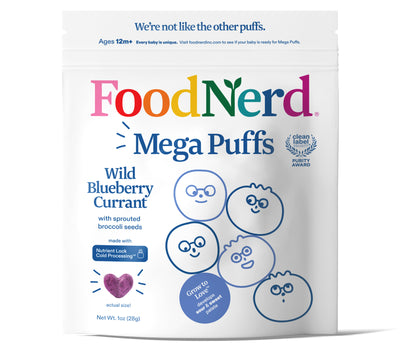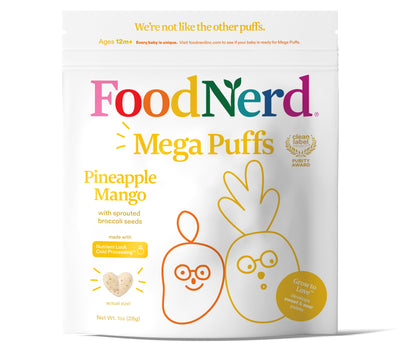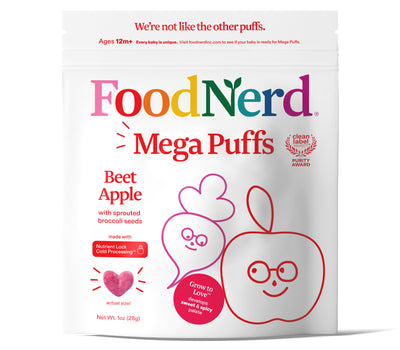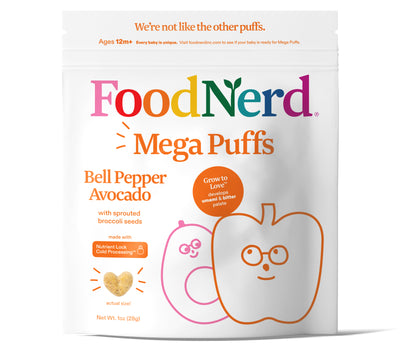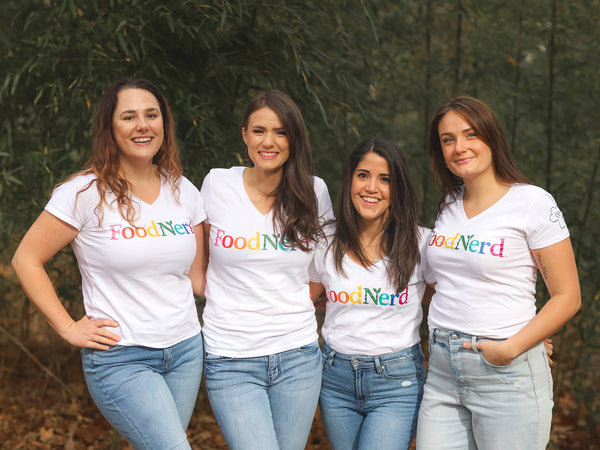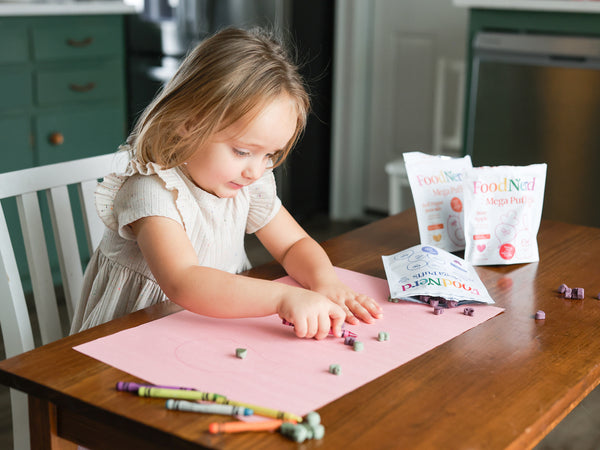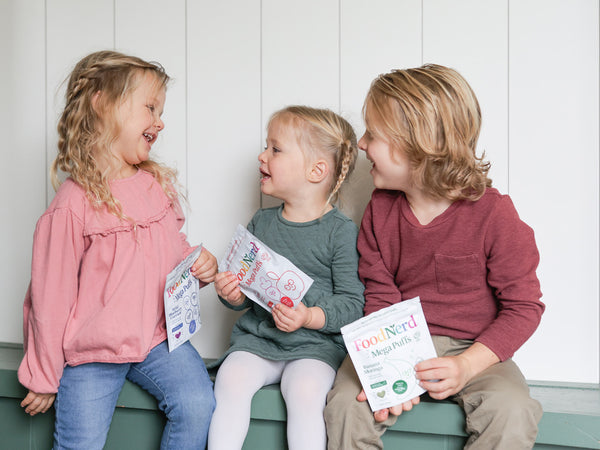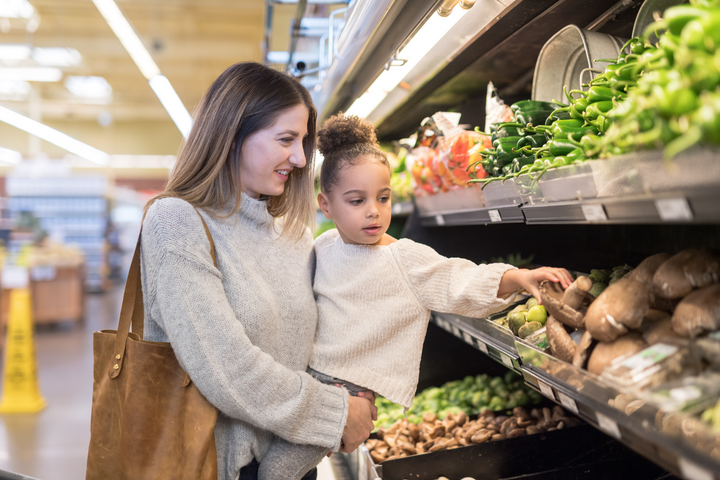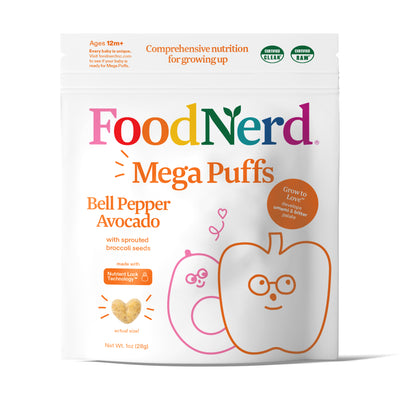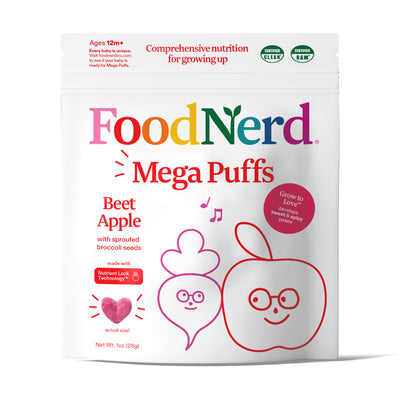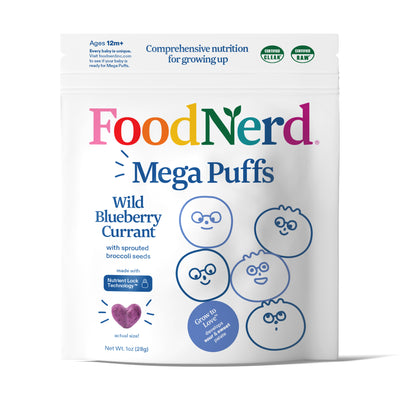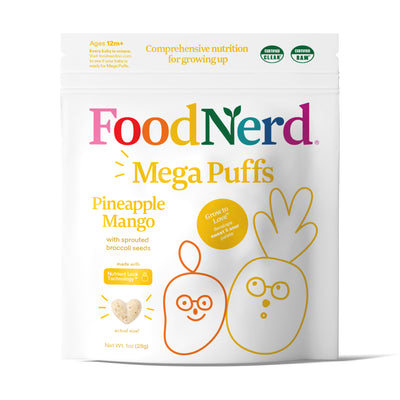Which of these happy childhood memories do you have?
- Decorating Christmas cookies with brightly colored icing
- Dying easter eggs different, fun colors
- Eating brightly colored cereal like Fruit Loops or candy like M&M’s
Do you know what all of these things have in common?
They require the use of artificial food dyes!
Adding Artificial Coloring to Food is Old News
In the early 1900’s, it became common for U.S. food manufacturers to add artificial coloring or dyes to foods. The use of artificial food coloring has been steadily increasing since the 1950’s—within the past 50 years, the amount of synthetic dye used in foods has increased by 500%!
Artificial coloring is used in thousands of foods, including soda, breakfast cereals, candies, snack foods, baked goods, frozen desserts, and even pickles and salad dressings.
Although artificial coloring is commonly added to food, it doesn’t necessarily mean that it is safe to eat. These dyes raise significant health concerns, especially with children.
Read on to find out why we add artificial coloring to food, what synthetic dyes are made from, and the harmful effects that they may have on our health.
 Why do Food Manufacturers Color Foods with Artificial Dyes?
Why do Food Manufacturers Color Foods with Artificial Dyes?
Well first off, using artificial dyes to color foods gives the food no nutritional value whatsoever and is mainly used for aesthetic purposes.
Specifically, artificial dyes are added to foods to:
- Make the food look more appealing and attractive to consumers, especially to children.
- Masks the absence of brightly colored natural ingredients, such as fruit.
- Are much cheaper, have a longer shelf-life, and are brighter than most natural food colorings.
What Exactly are Synthetic Dyes aka Coloring Added to Foods?
The FDA defines a color additive as “any substance that imparts color to a food, drug, cosmetic, or to the human body”. This definition leaves out a very important tidbit:
Food dyes are man-made, complex chemicals that were originally made from coal tar, but are now made from petroleum. Petroleum is a crude oil product, which is commonly used to also make gasoline, diesel fuel, asphalt (the sticky black stuff that a driveway is paved with), and plastic. Sounds pretty appetizing right?

What Food Dyes are Currently Used in Food?
The FDA currently approves nine synthetic dyes for use in food products:
- Blue 1 (Brilliant Blue)
- Blue 2 (Indigo Carmine)
- Citrus Red 2
- Green 3 (Fast Green FCF)
- Orange B (No longer used in the U.S., but was never officially banned)
- Red 3 (Erythrosine)
- Red 40 (Allura Red)
- Yellow 5 (Tartrazine)
- Yellow 6 (Sunset Yellow)
Foods commonly contain a mixture of different colored dyes. For example, foods such as cereal, ice-cream, candy, and toaster pastries contain all 6 of the most commonly used artificial food colors (Blue 1, Blue 2, Red 3, Red 40, Yellow 5, & Yellow 6).
What Harmful Effects Do Artificial Dyes Have On Our Health?
Over the past 100 years, food dyes have been found to be more risky to our health than any other category of food additives. Despite being commonly used in processed foods, the majority of artificial food colorings have been found to raise significant health concerns:
- Increases inflammation and disrupts functioning of the immune system.
- Consumption of foods containing artificial dyes can cause an inflammatory response in the body, which leads to the activation of the immune system (increases the amount of white blood cells entering the bloodstream).
- Artificial dyes contain small molecules, which are able to attach to proteins in our body. This can cause disruptions in the immune system since the immune system finds it difficult to defend the body against them.
- Contain cancer-causing, toxic contaminants.
- Some of the most commonly used food dyes (Red 40, Yellow 5, and Yellow 6) are contaminated with known carcinogens or cancer-causing substances, such as 4-aminobiphenyl, 4-aminoazobenzene, and benzidine. According to the FDA, these contaminants are present in food dyes at “safe” levels.
- Red 3 was found to be an animal carcinogen way back in 1990, but for some reason is still allowed in our food.
- May cause cancerous tumor development. Some of the most commonly used food dyes are linked to many different forms of cancer:
- Citrus Red 2 caused bladder and other tumors in mice and bladder tumors in rats.
- Red 3 caused thyroid tumors in rats.
- Blue 2 may cause brain and bladder tumors in rats.
- Red 40 may cause reticuloendothelial (immune system cells that are spread throughout the liver, spleen, and lymphatic system) tumors in mice.
- Yellow 6 may cause adrenal and testicular tumors in rats.
- Causes hypersensitivity, especially in children.
- Red 40 has been shown to trigger hypersensitivity in children.
- Yellow 5 has linked to hyperactivity, hypersensitivity, and other unfavorable behavioral effects in children.
- Studies have shown that the elimination of artificial food dyes from children’s diets may help to reduce symptoms of attention-related disorders and other behavioral problems in children.
Artificial food dyes have also been shown to:
- Negatively impacts the functioning of the liver and other vital organs
- Interfere with the digestive enzymes that our bodies produce to help properly break down the food that we eat
- Increases intestinal permeability aka “leaky gut”
- Linked to respiratory disorders, such as asthma and bronchitis
- Negatively impacts nerve cell development

A Safer Approach
When it comes to selecting food products, it's important to prioritize products that derive their colors from natural ingredients. At FoodNerd, we understand the significance of providing wholesome options for you and your family. That's why our products are crafted with only FRESH, REAL ingredients like seeds, fruits, and vegetables, and never any artificial dyes. Our Puffs are specially formulated to contain a variety of mega foods, which not only offer a broad range of health benefits but also provide a naturally appealing coloring. Experience the goodness of ingredients such as wild blueberries, beets, and moringa leaves in every bite!

Sources:
- “Color Additives Questions and Answers for Consumers.” U.S. Food and Drug Administration, FDA, 2018, www.fda.gov/food/food-additives-petitions/color-additives-questions-and-answers-consumers
- Kobylewski, Sarah, and Michael F. Jacobson. Food dyes: A rainbow of risks. Center for Science in the Public Interest, 2010.
- Kobylewski, Sarah, and Michael F. Jacobson. "Toxicology of food dyes." International journal of occupational and environmental health 18.3 (2012): 220-246.
- Okafor, Sunday N., et al. "Assessment of the health implications of synthetic and natural food colorants—A critical review." UK Journal of Pharmaceutical and Biosciences 4.4 (2016): 01-11.
- Vojdani, Aristo, and Charlene Vojdani. "Immune reactivity to food coloring." Altern. Ther 21 (2015): 1-100.
